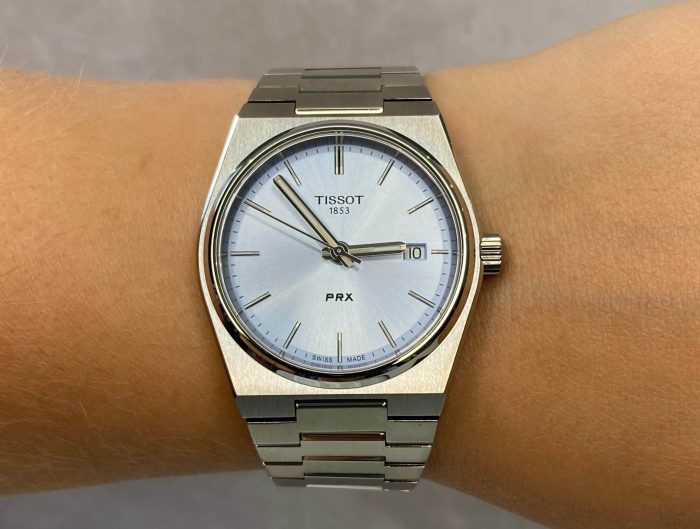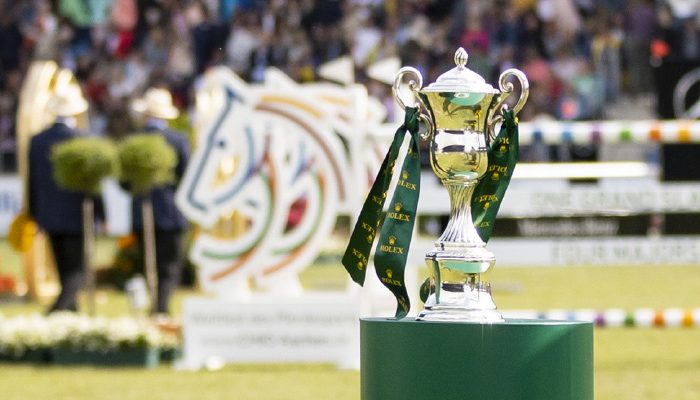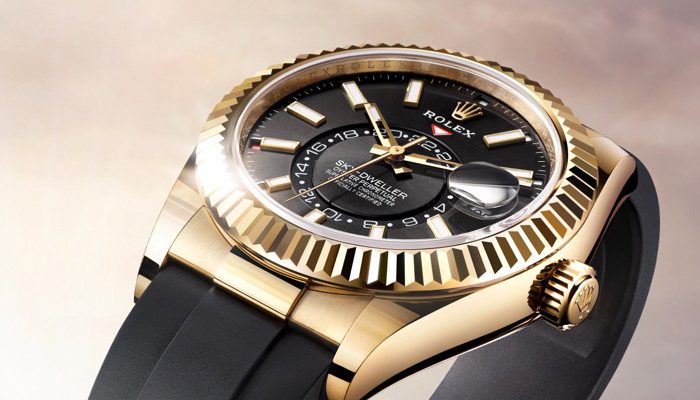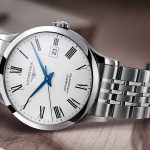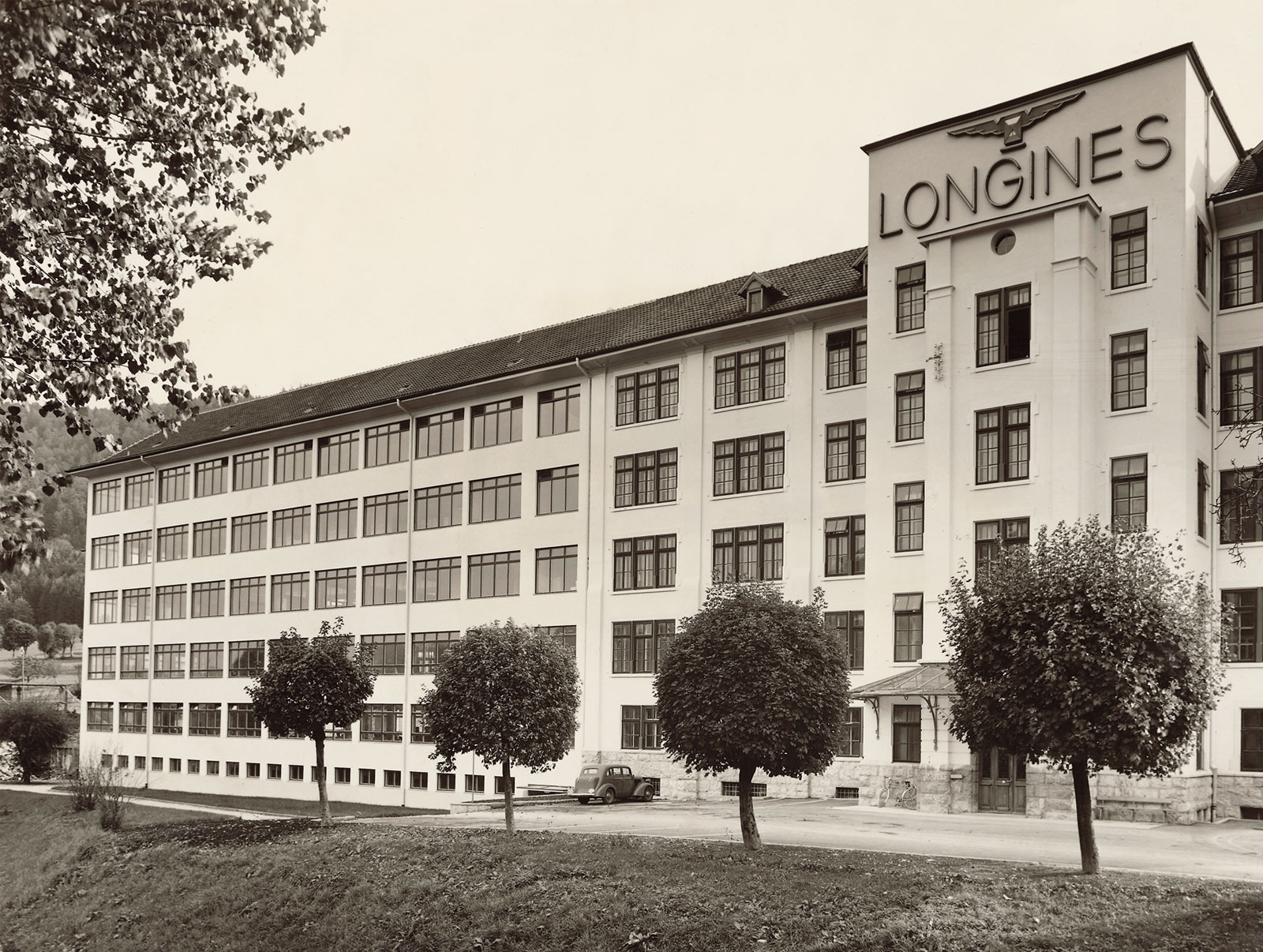
Longines has been based at Saint-Imier in Switzerland since 1832. Its watchmaking expertise reflects a strong devotion to tradition, elegance and performance. With many years of experience as a timekeeper for world championships in sports or as a partner of international sports federations, Longines – famous for the elegance of its timepieces – is a member of the Swatch Group Ltd, the world’s leading manufacturer of horological products. The brand known by its winged hourglass logo now has outlets in over 150 countries. In 1832 Auguste Agassiz entered the world of horology when he joined a trading office established in St. Imier. He soon rose to become the manager and the company took on the name Agassiz & Co. At the time, he was producing timepieces under the “établissage” system, whereby watchmakers worked at home and supplied their products to the trading offices. Agassiz built up a network of commercial contacts which enabled him to sell his watches on other continents, in particular in North America. During the 1850s Agassiz’s nephew Ernest Francillon took over the running of the office. When Francillon took on this responsibility, he considered ways of perfecting the manufacturing methods used in watchmaking in the area.
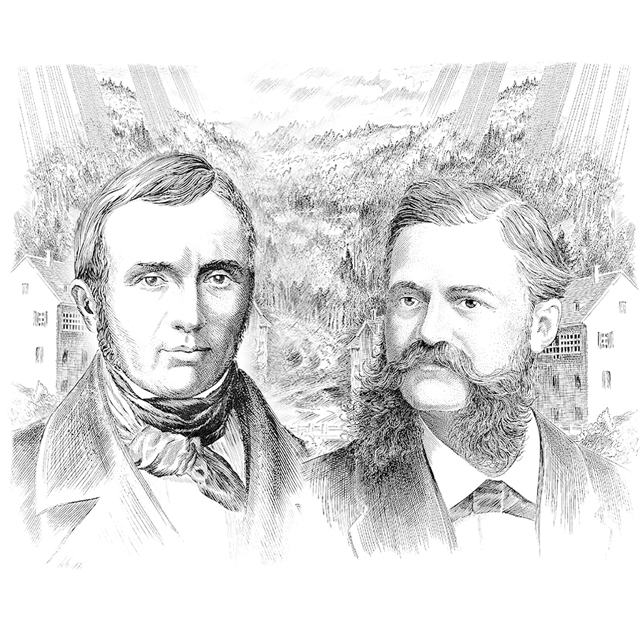
Below we explore some of the extraordinary history of the Longines company from its creation in 1832 to the present day.
1832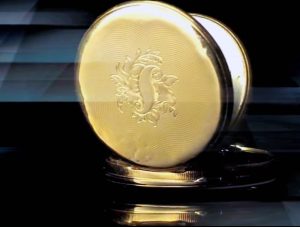
The Saint-Imier watchmaking establishment is founded by Auguste Agassiz, brother of the famous naturalist Louis Agassiz. Auguste and his two partners make and sell pocket watches with crown wheel escapements similar to those produced by the Swiss watchmaking industry in general.
1852
Ernest Francillon, Auguste Agassiz’s nephew, joins Saint-Imier. This qualified economist gradually takes over the family business.
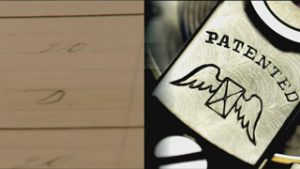 1867
1867
The Longines factory, located in Saint-Imier – or, more precisely, in Es Longines (“long meadows”) – is inaugurated in 1867 by Ernest Francillon. That same year, it produces its first movement, the 20A. This 20-line calibre has an anchor escapement, as well as a pendant winding and setting mechanism. It wins an award at the Universal Exhibition in Paris in 1867.
1878
With its new mechanical procedures, Longines produces a simple chronograph movement, the 20H calibre, patented by the watchmaker Alfred Lugrin. 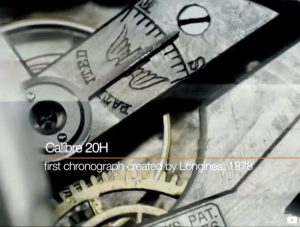 This is the first mechanism manufactured by Longines that can be used for precise timing, an area in which the brand will invest heavily from the end of the 19th century.
This is the first mechanism manufactured by Longines that can be used for precise timing, an area in which the brand will invest heavily from the end of the 19th century.
1888
Having laid the foundations for a production system using machine tools, Longines now becomes involved in high-precision timekeeping and produces its first movement for a certified chronometer, the 21.59 calibre. This chronometer movement is based on the calibre developed in 1878 which is adapted to improve its accuracy.
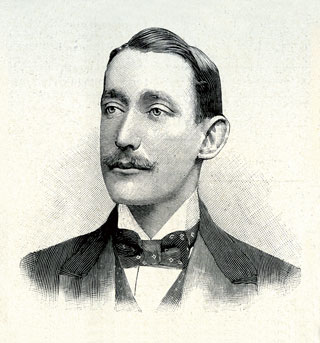 1899
1899
Longines is associated with exploring for the first time, when it equips Prince Luigi Amedeo of Savoie, Duke of the Abruzzi, in his Arctic expedition.
1912
The first system of electromechanical sports timing – using wires which when broken respectively start or stop the watch – is used at the Federal Gymnastics Festival in Basel.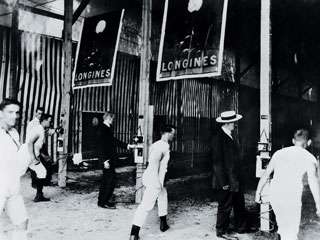
1927
US Navy officer Philip Van Horn Weems develops the “weems System of Navigation”, a series of navigational devices, based on which he and Longines develop a rotating disc watch, enabling the wearer to synchronise the second hand with a GMT signal, essential for navigation: the Longines Weems Second-setting watch. A patent for this watch is filed in 1935.
1939
Longines, basing its research on a 24-line calibre, develops mechanical timekeeping equipment, including a chronograph with a semi-instantaneous sports counter with or without flyback hand, and another counter accurate to a hundredth of a second.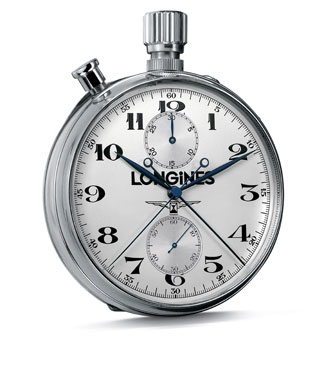
1947
The technical office develops a new hand-wound mechanical movement with a chronograph function, the 30CH.
1957
The elegant Flagship collection is launched, with its distinctive medallion featuring a caravel engraved on the caseback.
1967
Longines launches a self-winding 11 ½ -line calibre, aiming to offer an alternative to the electronics and quartz used by the competition. The regulating organ of the L430 movement is a guarantee of accuracy, with the characteristics of a competition piece, as it vibrates at a frequency of 36,000 vibrations per hour. The Ultra-Chron collection is based around it.
1977
The factory develops a mechanical self-winding calibre, the L990, with two barrels placed on the same level. With a height of only 2.95mm, it is the world’s flattest self-winding movement of its kind. At a time when quartz is dominating the output of many watchmakers, it strengthens Longines’ range of mechanical movements.
1985
Longines is named official timekeeper forall the artistic and rhythmic gymnastics events organised by the International Federation of Gymnastics (IFG).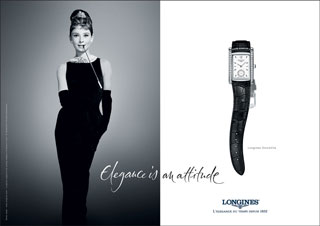
1999
Adoption of the slogan “Elegance is an attitude”, which references Longines’ devotion to elegance in all things: not only appearances, but acts and behaviour as well.
2009
Aware that its recent developments have somewhat neglected the feminine wrist, Longines fills this gap by launching the Longines PrimaLuna collection, devoted entirely to women.
2014
Longines celebrates the year of the horse by launching a pocket watch in rose gold: the Longines Equestrian Lepine. The back of this exceptional piece is adorned with a horse jumping an obstacle and its inspiration was drawn from a metal Lépine pocket watch dating from 1927 and kept at the Longines museum in Saint-Imier.
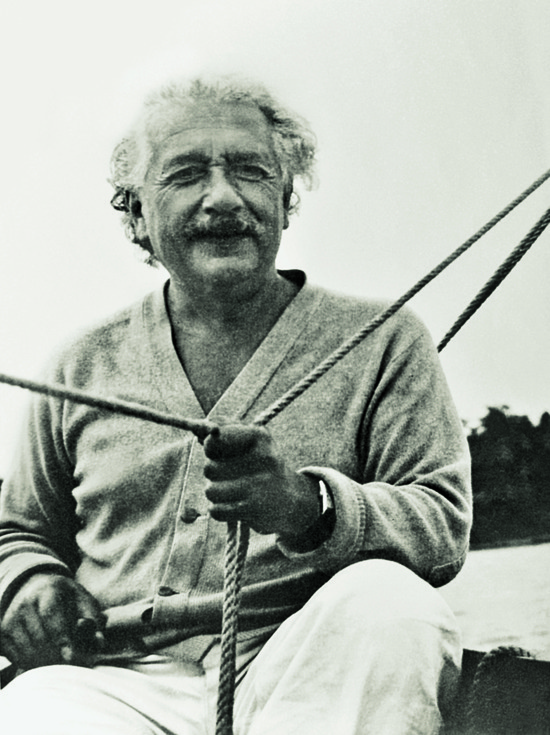
Albert Einstein’s Longines watch
In 2008 at Antiquorum, the famous New York auction house, a Longines watch that had belonged to the famous physicist Albert Einstein was sold. The timepiece – an elegant gold model dating from 1929 – fetched a total of $596,000, thus becoming the highest price a Longines watch has ever sold for at auction. Wow!
If you would like to explore the exceptional elegance of the Longines watch collection, you can do so here.


